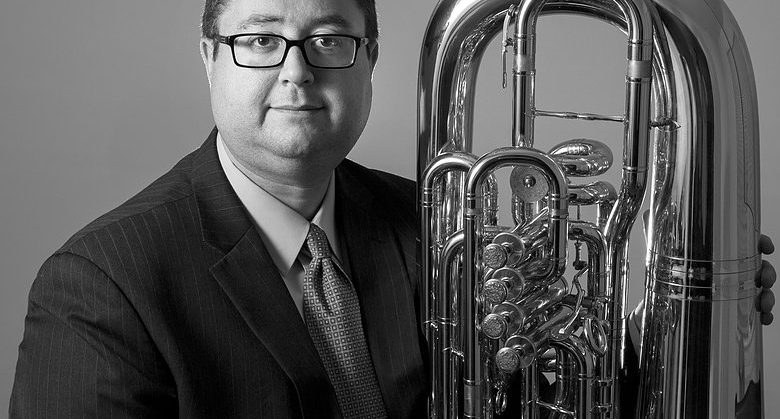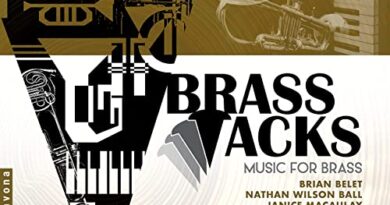My Practice Sessions: Chris Combest
Chris Combest is the Assistant Professor of Tuba at Middle Tennessee State University.
What time do you begin your first practice session?
EARLY morning, 7am (or earlier if possible).
What is your daily warm-up routine?
My routine involves attention to the various food groups: long tones, flexibility, range building, the accuracy of attack and a mix of technical and lyrical studies.
How long has this warm-up been a part of your practice sessions?
Decades
How long is your warm-up routine?
I like to think that I do it often enough that I don’t need to depend on it to get to my best sounds, but my warmup usually takes anywhere from 20 minutes to an hour depending on my schedule and location.
What part of your warm-up do you look forward to the most?
The end of it, where I feel ready to climb the mountain that is the day.
What different elements have you changed (or removed) from your warm-up routine over the recent years?
I started playing more with drones years ago to develop my pitch center and the concept of moving on my my instrument in a more virtuosic manner sooner in my routine which helped me get a broader sense of freedom of production on my instrument.
What time of day do you generally practice?
Typically I try to play at all times during the day, but the bulk of my work does take place in the evenings. I start my routine very early in the morning and then plan other sessions to take place under various circumstances and different times of day.
How many practice sessions do you typically have a day?
My typical day involves 2-3 practice sessions of varying intensity.
Do you have a strict time limit to each practice session?
I try to keep it in bursts rather than long sustained sessions, but typically I’ll play for 20 minutes and rest of 10 and carry that on for a couple of hours. This will occur 2-3 times a day.
After your last practice session of the day, do you do anything the night before to prepare for the next day’s sessions?
I use a practice log that I share with my students that allows me to plan the next days session. I also try to rate my sessions to see if I’m staying on task.
Do you have any non-music related routines such as meditation or exercise to help prepare you for your daily warm-up?
I do practice meditation and positive self-talk exercise on a regular basis in addition to trying to keep physically moving.
What apps or products do you use to aid in your practice sessions?
In addition to the Michael Davis 20-minute warmup, I also use Tonal Energy, Smart Recorder and a recording of Cello Drones in iTunes usually.
If you fail to not get in a solid warm-up, do you do anything different for the rest of practice sessions?
I might practice some mindfulness and give myself a break with a sense to keep moving forward. We’re only human and won’t be able to hit 100% all of the time.
When you are on tour or traveling, how are you able to adapt your practicing to fit in with the given circumstances?
I tend to buzz more on my mouthpiece, play more long tones and see if I can maintain my physical activity most of all. I usually have enough time to get through my standard routine which is memorized, so that hasn’t really been an issue.
Is there anything else you would like to add that would be beneficial to other musicians?
I have a healthy diet of listening both to other musicians of my instrument (tuba) but also to vocal and string music. Anything I can do to maintain my own sense of inspiration during the roller coaster that is life sometimes can only help.



